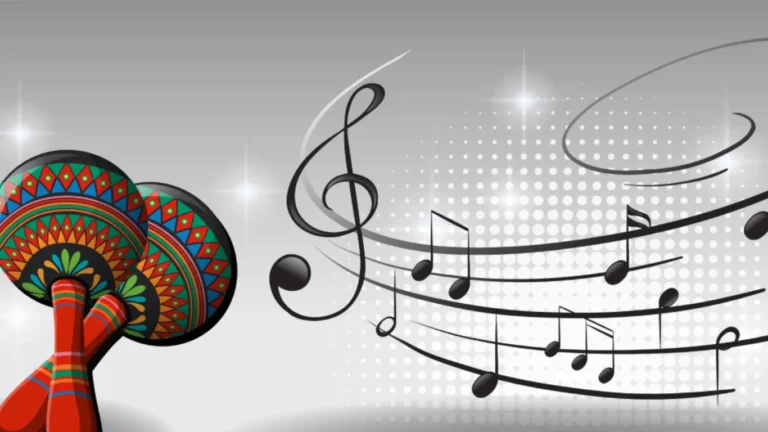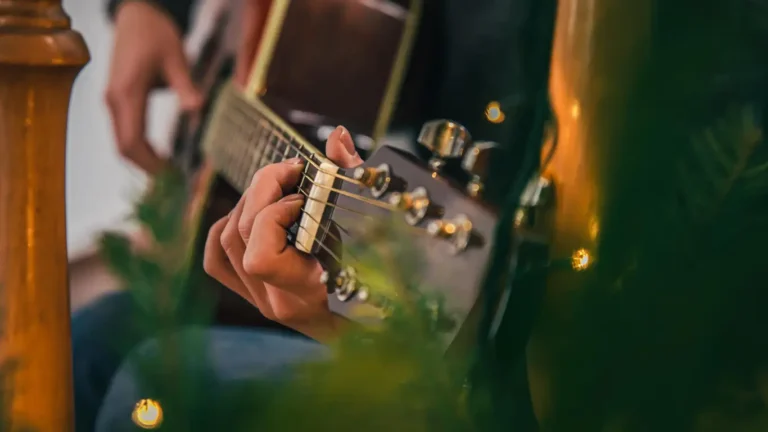The setar ranks among the most beautiful and expressive instruments in Persian music. Its delicate sound has fascinated people for centuries, and learning to play it means opening a door to the rich and intricate world of traditional Persian melodies. At Navasaz Academy, we love teaching aspiring musicians all the details of setar, starting with learning of the setar notes. Whether one is a beginner or an advanced learner of Persian music, our academy promises to provide experienced mentorship and tools that will lead one through the course of one’s endeavor.
History and Importance of Setar Notes
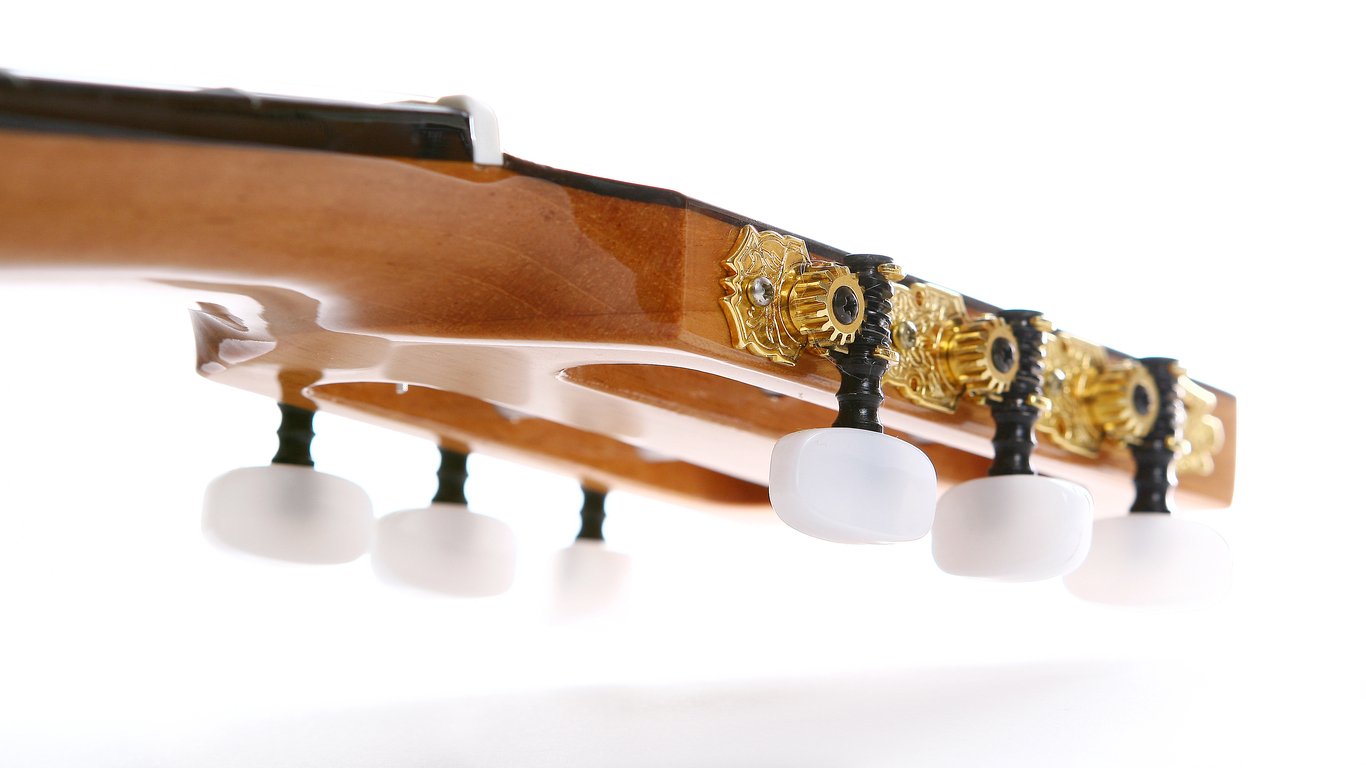
The setar is a stringed, traditional Persian instrument steeped in deep culture. Belonging to the family of traditional instruments, it has four strings on it, each contributing to the special, delicate tone of the instrument. The setar is played using the fingertips, whereas most string instruments use a plectrum to render soft, intimate sounds. Traditionally, this setar was associated with Sufi mystics and Persian classical music, making it a symbol of spiritual expression.
Over the years, the setar developed and changed, yet its core remained an instrument of technical perfection and great emotional depth. An education in the notes of the Persian setar provides education not just in music, but in culture and a bit of history as well.
Setar Notes: The Building Blocks of Persian Music
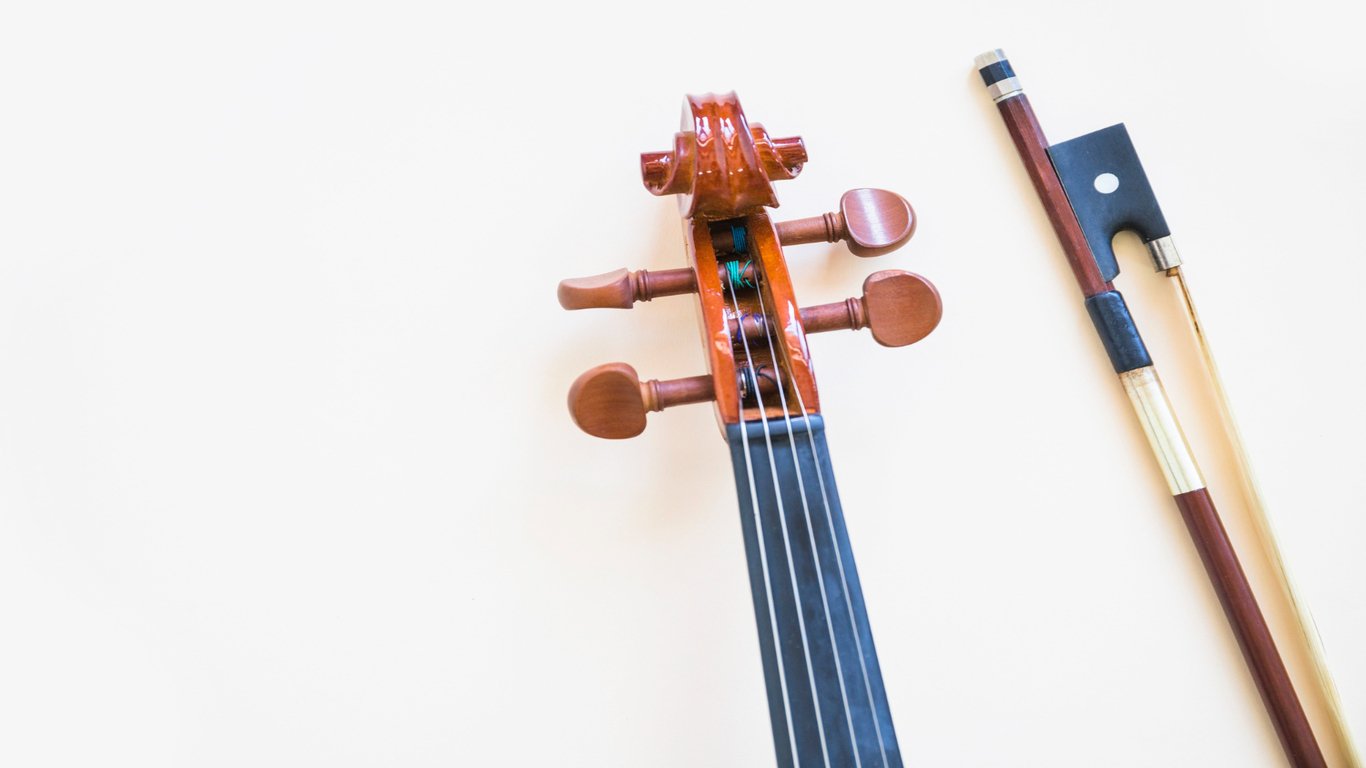
If you’re a fresh learner of setar, then the most essential thing you should learn first is the setar notes. The basis of Persian music is a modal system called Dastgah, a collection of scales, or “modes,” that provide a framework for melodic development. Each Dastgah differs in its own set of notes and moods, enabling the musicians to express varied moods and themes.
At Navasaz Academy, we teach the student how to move through those Dastgahs and understand where each Persian setar note could be fitted within each mode. Our expert instructors will take you through each step with clarity so that you will be able to go beyond simple memorization of the notes and also understand their place in the rich tapestry of Persian music.
Setar Strings: How They Shape the Sound
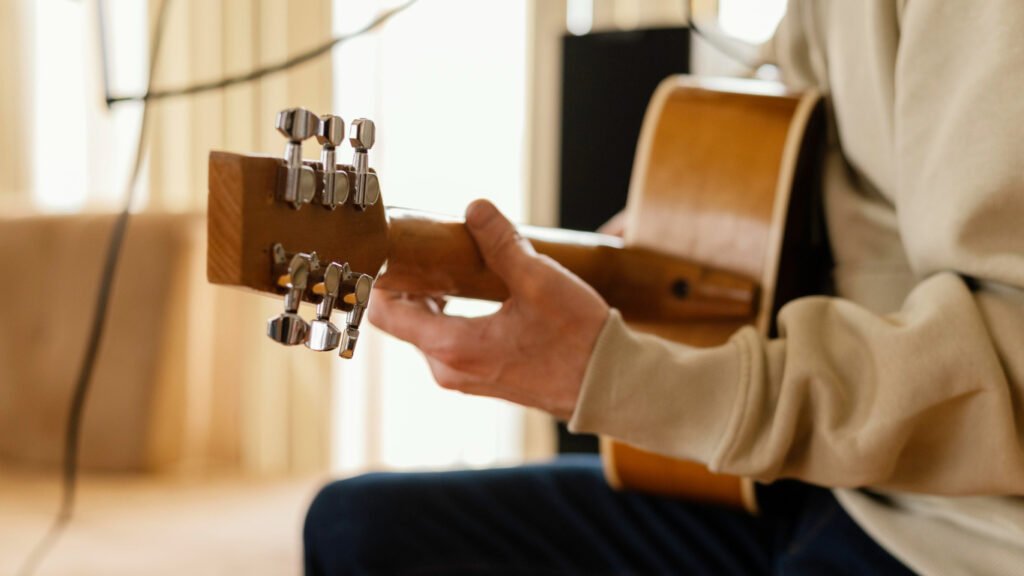
The kind of quality and type of strings used in the setar would all make the difference in the distinctive sound of the instrument. Classically, the setar had only three strings, but to those, in the 18th century, the great master Moshtagh Ali Shah added a fourth string. Today, this extra string enhances the sound and extends the range of the instrument. Each of the strings on the setar was for a specific purpose:
The do string is the first string and plays the root notes. The sol string is the second string, adding complexity to the melodies. Usually, the third string would be tuned in unison with the first for further resonance. The fourth string is called bam; it adds depth and is mostly used as a bass-like undertone.
Mastery of string arrangement and setar tuning is fundamentally the basis for authentic Persian music. Our instructors take our students through the proper ways to tune their setar according to the various modes and melodies, ensuring a rich, full sound every time they are played.
Needless to say, learning an instrument as subtle as the setar takes a lot of hard work and professional teaching. Here is where Ali Massoudi and Padideh Ahrarnejad can help you with Setar notes in Navasaz Academy:
At Navasaz Academy, we believe learning music goes beyond the mastery of an instrument to an invitation into a rich cultural heritage and self-expression through sound. These are some of the reasons why students from all over the world have trusted us with their setar lessons:
The Joy of Playing the Setar
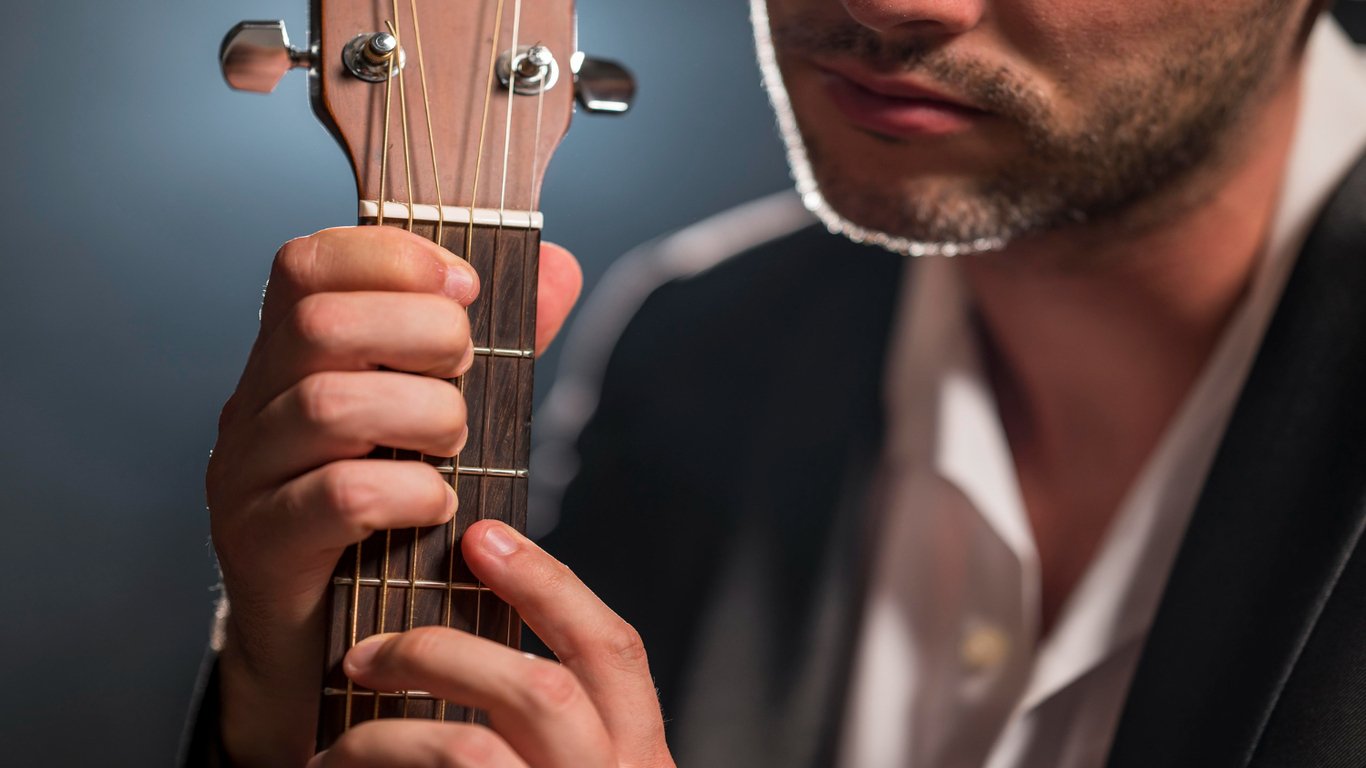
There is something magical about the sound of a setar; its delicate tones can evoke everything from joy to introspection. No matter whether it plays solo or as part of an ensemble, it has the power to captivate and stir audiences.
The aim at Navasaz Academy is to inspire all students by rejoicing in the joy of playing this unique instrument. We will work with you from the very first lesson to acquire the skills and confidence you need, taking you through simple melodies up to more intricate Persian setar notes. We pay great attention to techniques, expressions, and backgrounds of Persian musical traditions in order for our students to learn, if not how to play the instrument, then at least grasp the full depth and meaning of the music.
If you ever wanted to learn setar, this is the best time to begin. At Navasaz Academy, we provide you with world-class instruction and mentors like Ali Massoudi and Padideh Ahrarnejad who will take you through every step. Whether this is a personal interest or a professional aspiration, we will be here to assist you in achieving your musical objectives.
With our setar lesson programs, teach yourself to make your setar notes sound beautiful, learn about the setar strings, and submerge yourself in the world of Persian music with us. For further detailed information about our programs, please do not hesitate to contact Navasaz Academy today to schedule your first setar lesson. Let’s make music together!
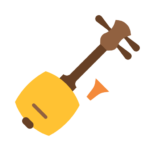 String Instr
String Instr Percussion Instr
Percussion Instr Wind Instr
Wind Instr Keyboard Instr
Keyboard Instr Tools
Tools Books
Books